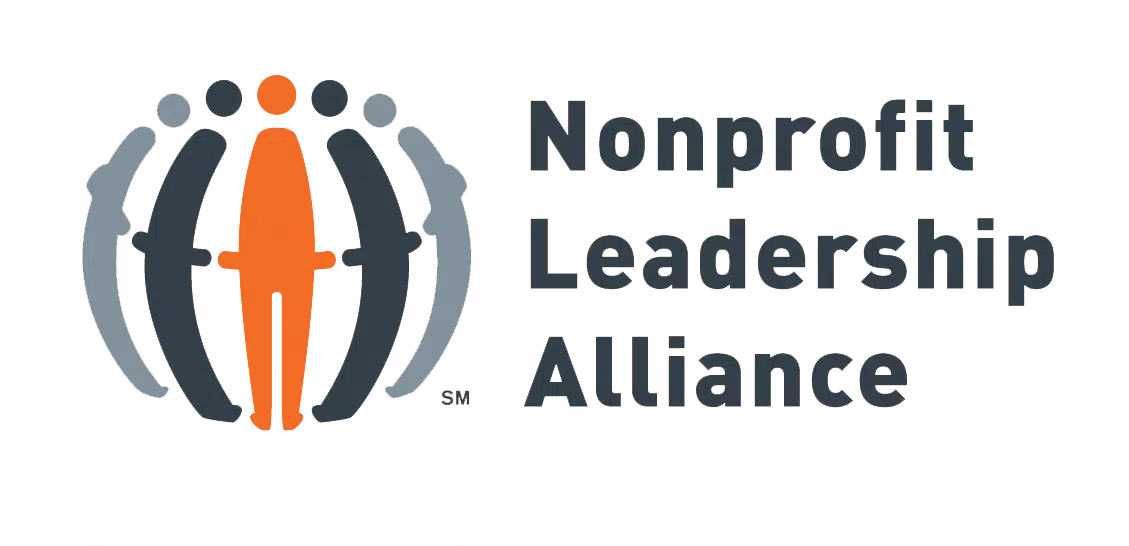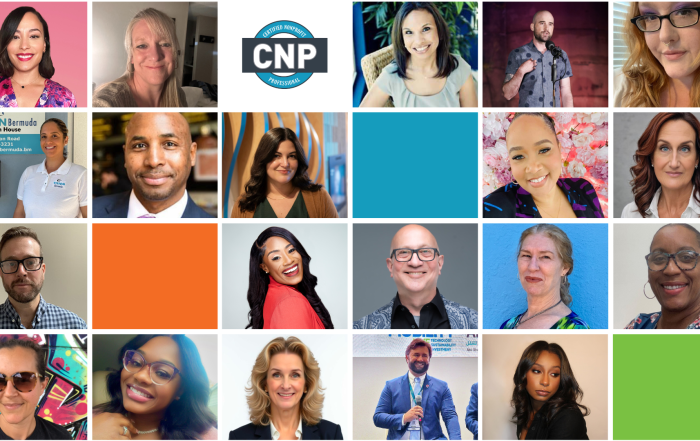According to the Chronicle of Philanthropy, Planned Giving is Having a Moment.
A planned giving program is an important part of any nonprofit’s fundraising strategy. But while most nonprofits focus solely on planned giving’s financial aspect, there are two equally important facets that are often overlooked: trust and legitimacy.
That’s because historically, planned giving has been the hallmark of legitimate, prestigious organizations that are serious about long-term growth. Their savvy donors give not just because they can support their favorite mission, but because their favorite nonprofit clearly has a plan for the future. They trust that their money will not be wasted. And this has become more of a focus in today’s volatile economy.
Even if it’s just a small program, with limited gift options, planned giving is still a signal that you have a competent, forward-thinking fundraising team in place. It inspires confidence in your organization.
The flip side, of course, is that you and your organization are not taken seriously if you do not have a planned giving program. Your donors and prospects will clearly see that yours is not a forward-thinking organization. That will erode trust. And they will take their philanthropic intentions elsewhere. This, in turn, will impact your career.
Variety is the Spice of Funding
There’s another reason a planned giving program is the hallmark of legitimacy: It gives your donors and prospects more options to give. And people want to give!
Think about it in terms of a for-profit business. A company that sells just one product is not going to attract nearly as many customers as a company that carries multiple products. It’s the same with your nonprofit. Cash gifts are great, but they’re just the tip of the iceberg: Only 5 percent of the nation’s wealth is in cash. The rest is in forms such as stocks, bonds, real estate, cryptocurrency, retirement plans, personal property, and insurance. So why wouldn’t you want to give your supporters more options to help your organization?
A planned gift is often the biggest gift a donor will ever make to an organization. But the majority of donors aren’t wealthy. Studies have found most gifts come from poor and middle-class donors. A donor may not be able to contribute anything right now, but through planned giving can offer a large amount in the future. (Remember that an average bequest is about $70,000 today.)
If you’re happy just getting one-time cash gifts of $5, $10, or $200, you’re in the wrong business. Planned giving allows a donor to make a gift that costs them nothing during their lifetime and brings no change to their lifestyle—but that gift might help fund your organization for several lifetimes. Your donors want to make sure their gift will help you do what you do today, even better, for generations to come.
Are Planned Gifts Hard to Raise?
If you love people, you’ll raise more money than you ever imagined — without even trying. This is our philosophy at my firm — and it is so deeply ingrained that it permeates all our products, services, and attitudes. It makes all of our offerings naturally people-centered. This should be the case with all fundraisers. The “People Degree” beats any other degree in our industry. It’s essential to take “people courses” as much as it is essential to get your PhD, CFRE, or CNP.
Remember, planned gifts can get complicated, but marketing them shouldn’t be. And remembering that planned giving is a people business and not a legal business, will pave the way to success. One recommended reading includes “How to Win Friends and Influence People” by Dale Carnegie. You should also focus on areas of topics on money, wealth, and negotiation. You need to sound educated when you meet up with any savvy donor.
How to Begin
Get your feet wet by starting a Legacy Giving/Bequest program. Use this elevator pitch everywhere: Make a Gift that Costs Nothing During Your Lifetime. Repeat: everywhere… bottom of letterhead, display ads, in your e-newsletters, annual report, anywhere you can think of. Create a display ad for your outreach (newsletter, annual report, alumni magazine, etc.). Interview donors and get their stories. Donor stories motivate others to give and even generate second-time gifts. Have a general Ways-of-Giving brochure you can mail out when inquiries come in. If you want a complete guide to raising planned gifts, here are 11 proven steps and strategies you can take. Need to convince your board? Here are 60 myths, facts, statistics, and ruminations in a slide format.
Empower Your Board
If your board doesn’t “get it,” it’s your job to convince them. Better yet, invite an outside professional to make a presentation. Explain how critical board commitment is. Some nonprofits even require board members to make a planned gift. Why not begin by asking them to leave a smaller amount to your organization in their estate plans—even if it is 1%? Here’s your biggest challenge: they will all say yes, but when they return home their daily duties will make them forget. It’s critical that you gently remind them each time you have a meeting, send communications, or send out marketing materials.
Empower Your Donors
Donors want to ensure their money goes to a successful nonprofit. They want to make sure you will be there in good times and bad. The savviest donors are well aware of planned giving options — and they’ll check them out before supporting a cause. If you don’t have a planned giving program, you’re losing prospects. Why? Because your nonprofit lacks the trust factor and is therefore not being taken seriously.
But donors don’t give just to help a cause — they give because it makes them feel good; because it helps them establish a legacy. Nonprofits that have a planned giving program empower their supporters. And they help them to realize their philanthropic dreams by providing multiple giving options.
Yes, a planned giving program will help to keep your organization afloat when the financial waters get rough. It will bring an additional source of funding to your nonprofit. And it will help you to fund your mission for generations to come.
But more importantly, a planned giving program will set your charity up for success by showing donors you’re a legitimate organization that’s serious about growth and sustainability.
And that might just be the greatest gift of all.
About the Author:
 Viken Mikaelian, Founder and CEO, PlannedGiving.com
Viken Mikaelian, Founder and CEO, PlannedGiving.com
Viken Mikaelian was the first to bring planned giving to the Internet back in 1999. Since then, his firm PlannedGiving.com has helped over 5,200 non-profits establish their planned giving programs online.
Many people make a living by complicating planned giving. Viken makes his by keeping it simple. He shoots straight, keeps things practical, and adds a welcome splash of flavor to otherwise vanilla topics.
Viken has presented at over 500 fundraising events and currently publishes Giving Tomorrow. He’s also authored over 1,500 white papers. Viken is a graduate of the University of Pennsylvania.
Did you enjoy this story?
Get nonprofit tips and tools delivered right to your inbox by joining The Nonprofit Leadership Alliance Newsletter. Our bimonthly newsletter will make sure you know what’s happening with our network of social sector leaders.
Why Nonprofit Emails Go Unread — And How To Change That
Nonprofit organizations depend on email as a key communication tool for engaging supporters, sharing impact stories, and driving donations. Yet many nonprofit emails remain unopened or ignored, limiting their reach and effectiveness. Understanding the factors
Types of Tools to Strengthen Your Grants Compliance Approach
When grant funding is an important revenue source, grant compliance becomes critical to nonprofit success. Without it, grant funding could be jeopardized, putting vital programs and initiatives at risk. This makes optimizing your grants compliance
Introducing April 2025’s Certified Nonprofit Professional (CNP) Cohort
The Nonprofit Leadership Alliance is proud to introduce April 2025’s Certified Nonprofit Professional (CNP) Professional Track cohort! This group of nonprofit professionals have begun their six-month journey, participating in one of only four cohorts offered



